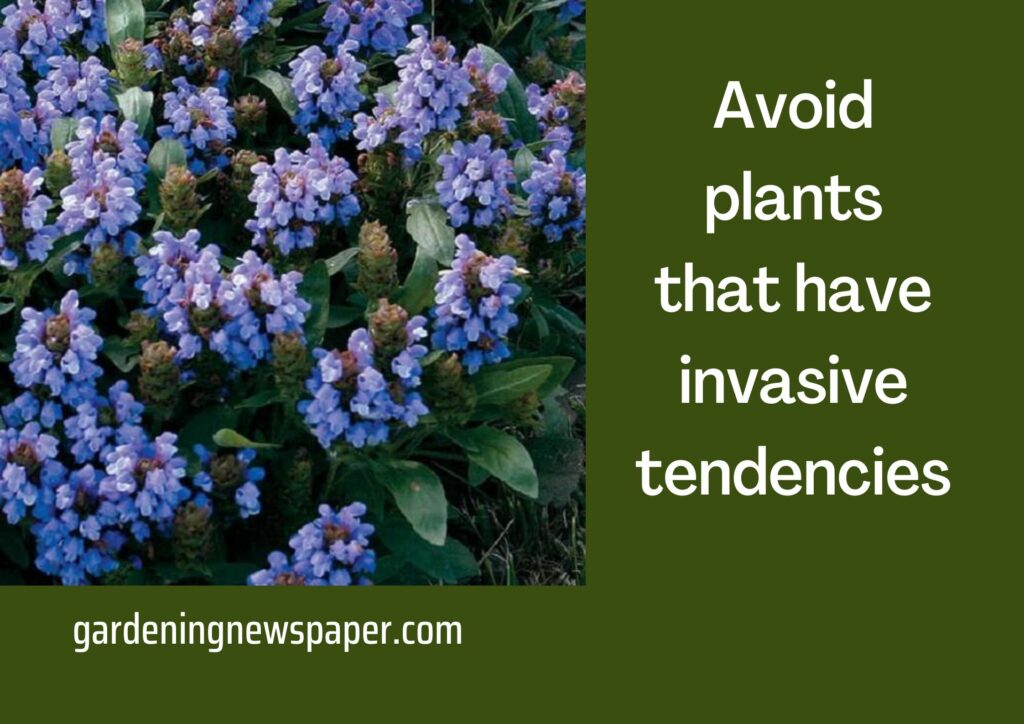Plants that have invasive tendencies

With a climate that allows many garden plants to thrive. Home landscapes can be beautified with both native and non-native species. Some plants can become invasive and take over the landscape and natural areas. They can also cause economic loss and pose a threat to the biodiversity of the local environment.
Why are these plants so invading? Native plants from different parts of the globe have evolved in specific locations where they have formed strong interactions with wildlife and the land. They have been managed by natural predators and climatic factors. These plants can spread quickly and overwhelm local communities if they are moved from their natural environments to areas with similar climates and geography.

Some invasive plants, like Japanese honeysuckle, privet and kudzu are well-known. Many ornamental plants are also susceptible to invasive traits.

English ivy can be planted both as a vine or as a groundcover. It is an attractive plant with beautiful foliage and is always green. It can crowd out other plants and become too large if it is not kept under control. English ivy can overtake trees and choke them. They can also be more susceptible to being blown over by windstorms.

Bradford pears are known for their poor growth habits. Storms can break limbs or sections of trees. They can produce viable seeds, which are easy to disperse. They proliferate rapidly and sprout root sprouts to form dense stands. They are more resilient to adverse growth conditions and have a greater ability to infiltrate ecosystems.

Thorny Elaeagnus, a dense evergreen shrub, produces long shoots that can be grown into nearby trees. The leaves are copper-colored and sometimes variegated. It can thrive in extreme environments and has a fast growth rate. The shrub also produces fragrant, red fruits in the autumn. These small, olive-shaped fruits are eaten by birds and animals and spread the seeds to nearby areas. They can often be found along roadsides.

Vincas are often used as groundcovers. They produce violet-colored flowers, and they have woody vines. The adventitious roots that develop at the nodes can cause dense mats and large infestations. They thrive in shaded areas and under trees.
- Many other ornamental plants can also be invasive.
- Although the southern magnolia (Magnolia Grandiflora) is a native of South Georgia, it can be escaped cultivation and has invasive tendencies to North Georgia.
- In natural areas, leatherleaf mahonia tends to grow out of control more often than other species.
- Invasive characteristics include the growth of ornamental grasses Miscanthus, nandinas, and burning bushes.
Avoiding these plants with invasive traits is the best way to go.
